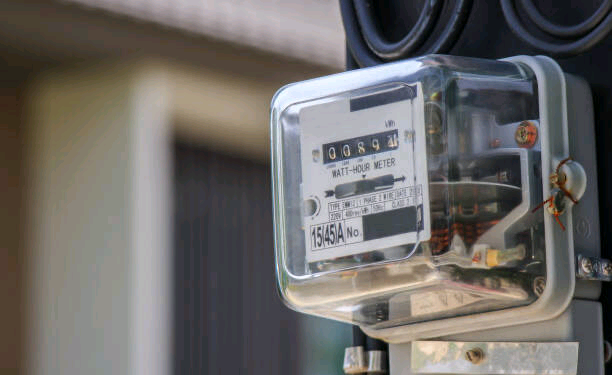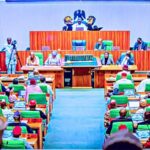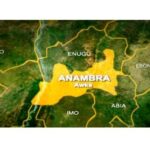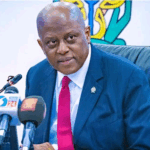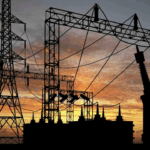-
NERC allocates ₦28 billion for Prepaid meters under the Meter Acquisition Fund (MAF) Tranche B.
-
DisCos mandated to meter Band A and B customers by December 2025 deadline.
-
Commission enforces 30% local content rule, warns of penalties for delays.
The Federal Governmenthas approved the disbursement of ₦28 billion for the purchase and installation of prepaid meters across the country under the Meter Acquisition Fund (MAF) Tranche B scheme, according to the Nigerian Electricity Regulatory Commission (NERC),
The initiative aims to reduce Nigeria’s massive metering gap — currently estimated at over seven million — and tackle recurring problems such as estimated billing, energy theft, and liquidity shortfalls within the power sector.
DisCos to Begin Immediate Meter Rollout
ATTENTION: Click “HERE” to join our WhatsApp group and receive News updates directly on your WhatsApp!
According to NERC Order No: NERC/2025/107, published on the Commission’s website, the ₦28 billion allocation will be shared among DisCos based on their respective market collection shares as of July 2025.
DisCos have been directed to deploy meters for Band A and Band B customers within their networks, using transparent procurement processes to select Meter Asset Providers (MAPs) with verified stocks. The Commission gave a 10-day deadline from the order’s effective date of October 6, 2025, for the selection process, while the list of approved MAPs must be submitted to NERC within 15 days for “No-Objection” approval.
To promote local industry participation, the Commission mandated a minimum of 30% local content requirement for all meter contracts, compelling providers to partner with domestic assemblers or manufacturers.
DisCos Face Strict Penalties for Delay
Under the new funding framework, 60% of contract funds will be released to MAPs after verified delivery of meters, with the remaining 40% payable upon full installation.
NERC warned that any DisCo responsible for delays due to poor network readiness or inaccurate customer data will be penalized an amount equivalent to the cost of the uninstalled meters.
All installations under this Tranche B are expected to be completed by December 31, 2025.
Metering Gap and Sector Implications
Nigeria’s electricity sector continues to grapple with a metering shortfall exceeding seven million customers, one of the largest in Africa. This gap fuels energy theft, weak revenue recovery, and widespread customer dissatisfaction.
Previous initiatives — such as the Meter Asset Provider (MAP) Programme introduced in 2018 and the National Mass Metering Programme (NMMP) backed by the Central Bank of Nigeria (CBN) — had aimed to address the issue but fell short due to poor implementation and financing gaps.
The new MAF model, however, differs by using a market-based funding structure tied to DisCos’ revenue collections, reducing reliance on federal or CBN interventions.
Why It Matters
Energy experts say the MAF’s success could enhance cash flow stability for DisCos, reduce billing disputes, and boost consumer confidence in the power sector.
READ ALSO: Increasing Prices of Prepaid Meters At This Time Shows FG is Insensitive –Gani Adams
However, they caution that its effectiveness will depend on strict regulatory monitoring and the DisCos’ ability to meet installation targets.
Performance Indicators
According to NERC data, 225,631 meters were installed in the second quarter of 2025 — a 20.55% increase from the first quarter’s 187,161 installations. Of these, 147,823 (65.52%) were deployed under MAP, 65,315 through MAF, 12,259 under Vendor Financed schemes, and 234 through DisCo-financed channels.
With the ₦28 billion approval, authorities are optimistic that 2025 could witness Nigeria’s most significant progress yet toward ending estimated billing and achieving nationwide metering coverage.

